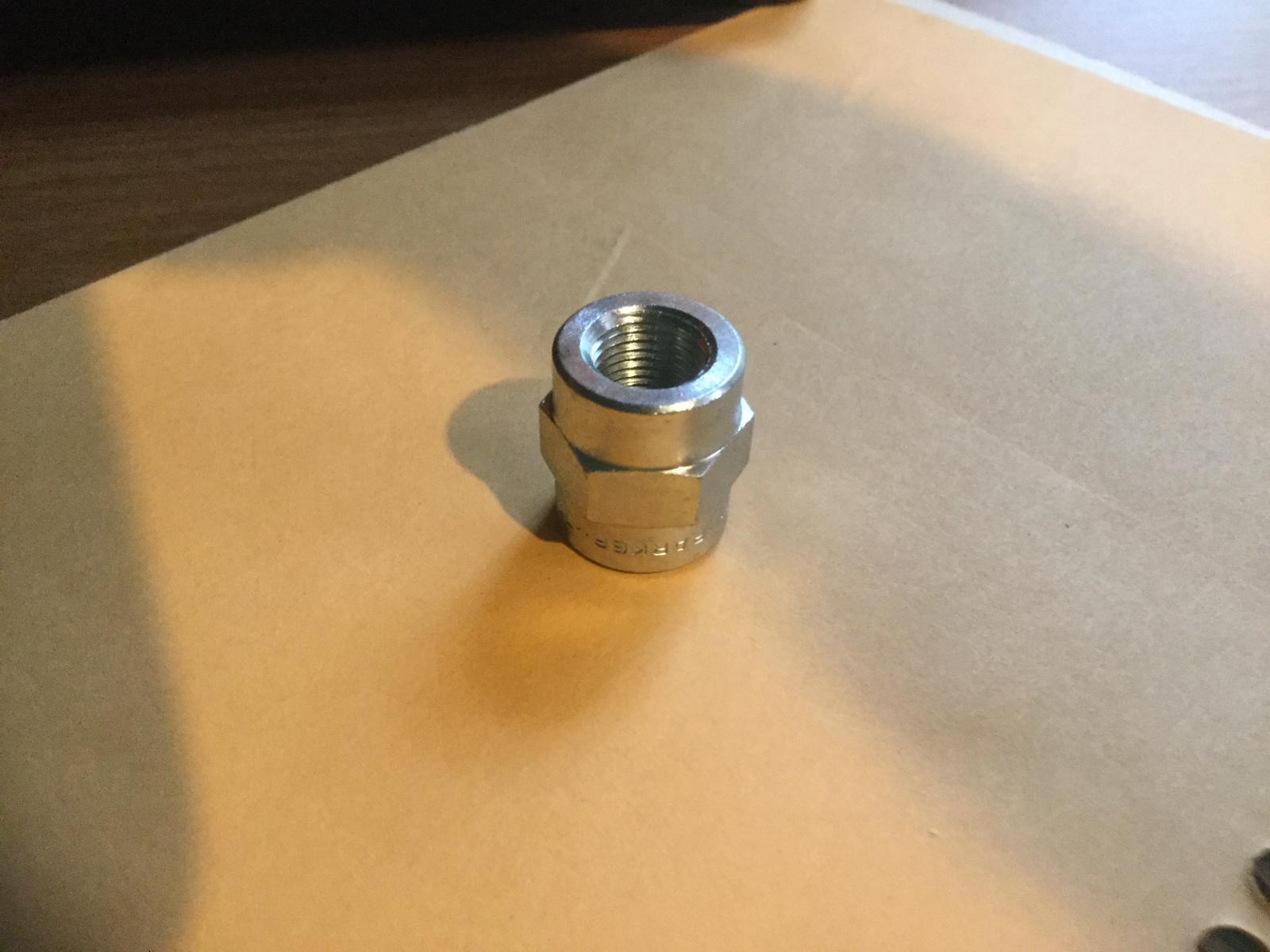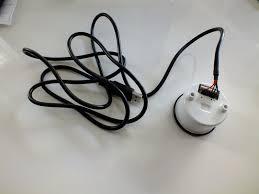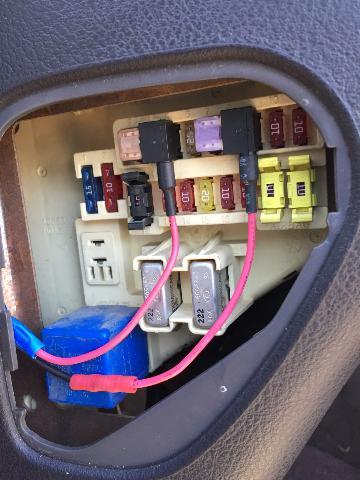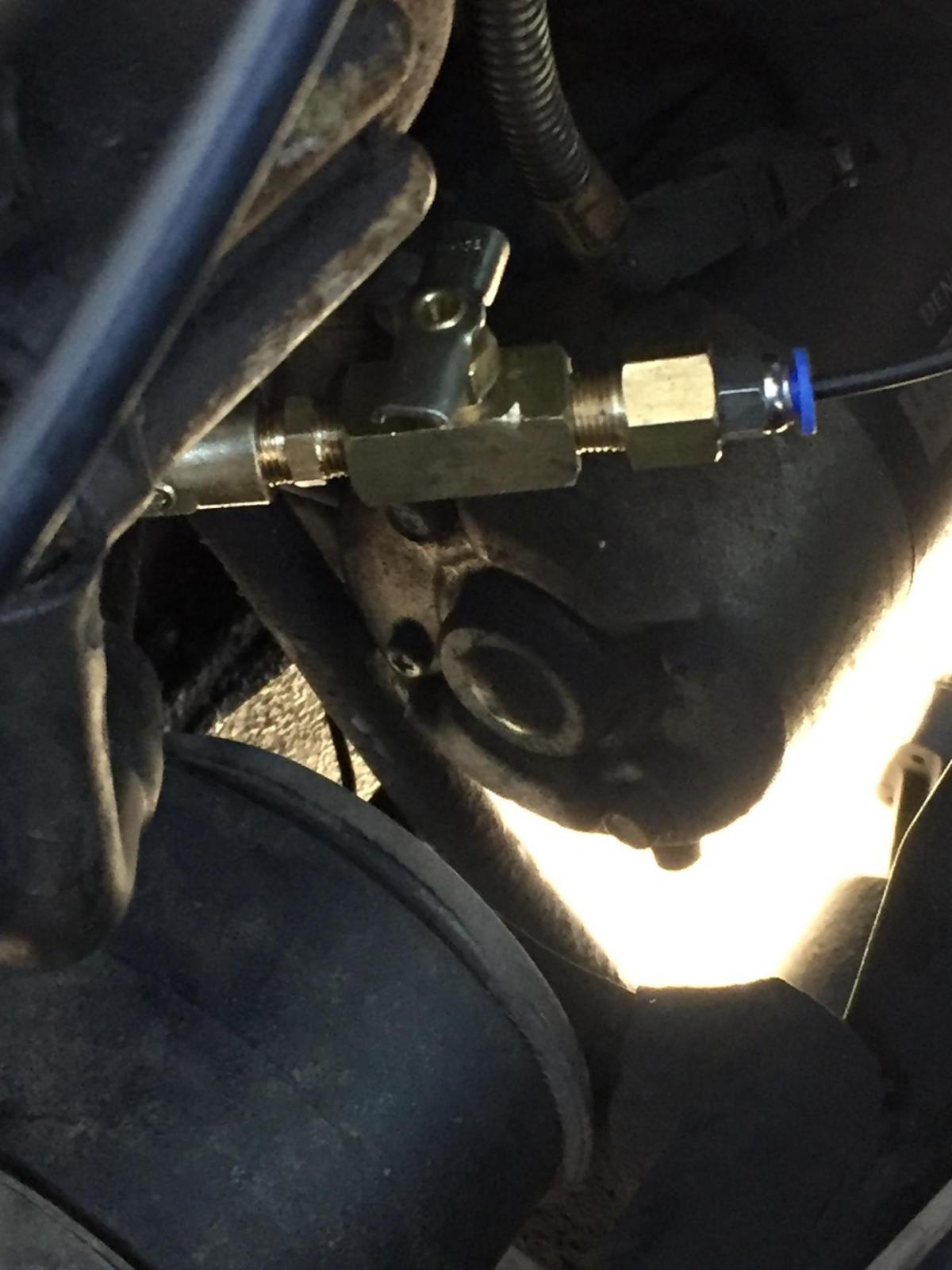- Replies 58
- Views 9.3k
- Created
- Last Reply
Top Posters In This Topic
-
 Mopar1973Man 18 posts
Mopar1973Man 18 posts -
 dripley 8 posts
dripley 8 posts -
Bullet 7 posts
-
MyOle2500 7 posts
Most Popular Posts
-
Yeah I just called ol' Eric and getting info for another member and his truck and he's still making fuel system parts and kits.
-
Good to hear. Eric not only has the parts, but also designed everything so his parts hit two bulls eyes with the same arrow. He is good man, but make sure you treat him right he had some bad customers
-
Your'e gonna blow your diaphram






I'm thinking of installing the Isspro R17033 RV2 fuel pressure gauge (electric) and the bullet mount. I know they offer a mechanical gauge and perhaps its more accurate, but I like the idea of an easy install and no chance of fuel coming in the cab. I'm also looking at the Vulcan big line filter to vp44 kit. I have read Mopar1973Man's article for this install and look to do just the same, however I have few questions for those already having done this mod before:
Is there a need for 1/2" over 3/8" big line kit? Depending on the condition of the stock in-tank pump, an Air Dog or Fass would be in the future with its big line kit.
Is there a need to have both a shut off valve and snubber?
Is the distance from the big line kit to the fender too short to eliminate fuel hammer?
Is it just as easy and more durable to use fuel hose over air brake line to connect to the sender unit? (Thinking back to the days of my youth using copper over plastic line for oil pressure gauge installs.)
This is the big one:
How did you wire this gauge to the factory wiring harness without a bunch of splices or a spider web of connections? I'd like to have the lighting dim with the dash if possible, but won't fuss if that's a bunch of aggravation for not much gain.
I'd like to keep it a clean (near factory looking) install and probably won't add anything later unless I go with a Westach egt/boost combo gauge (stock ETH so really no hurry).
Thanks for any ideas and help!!